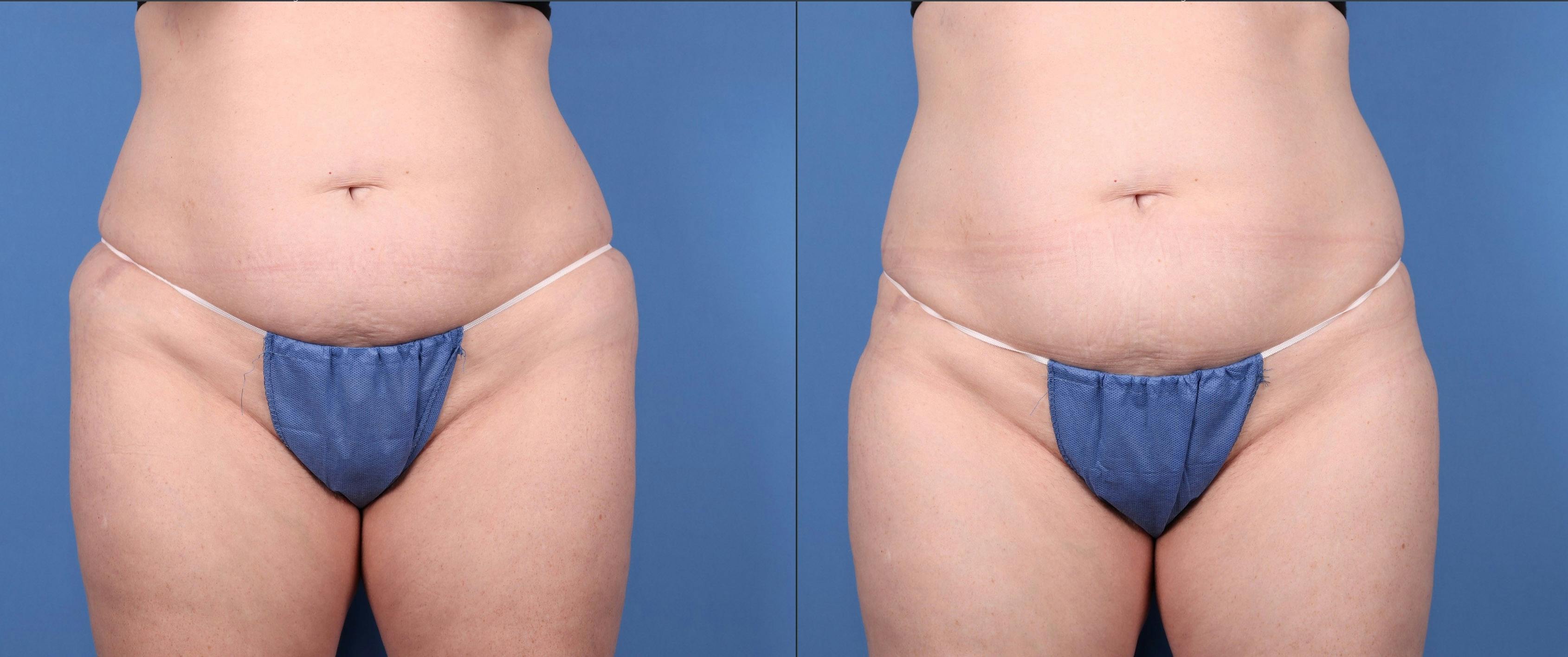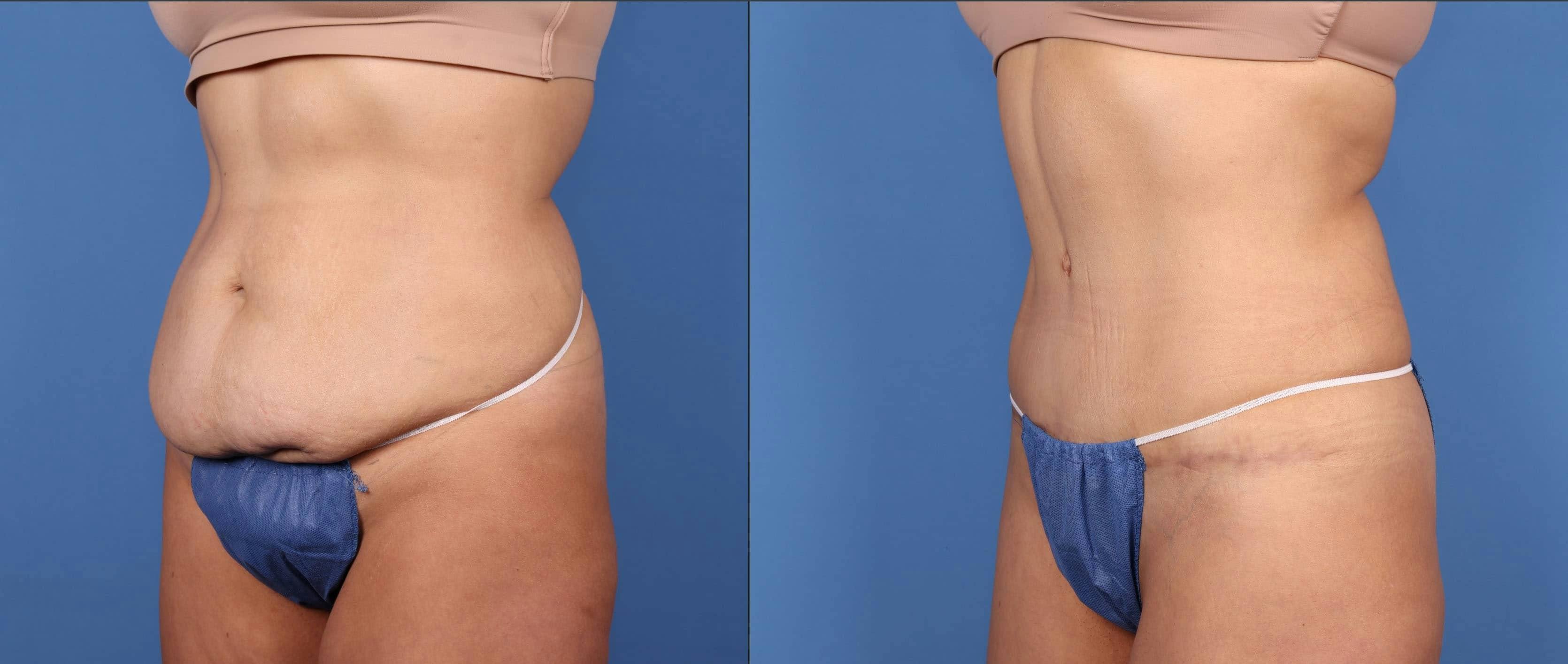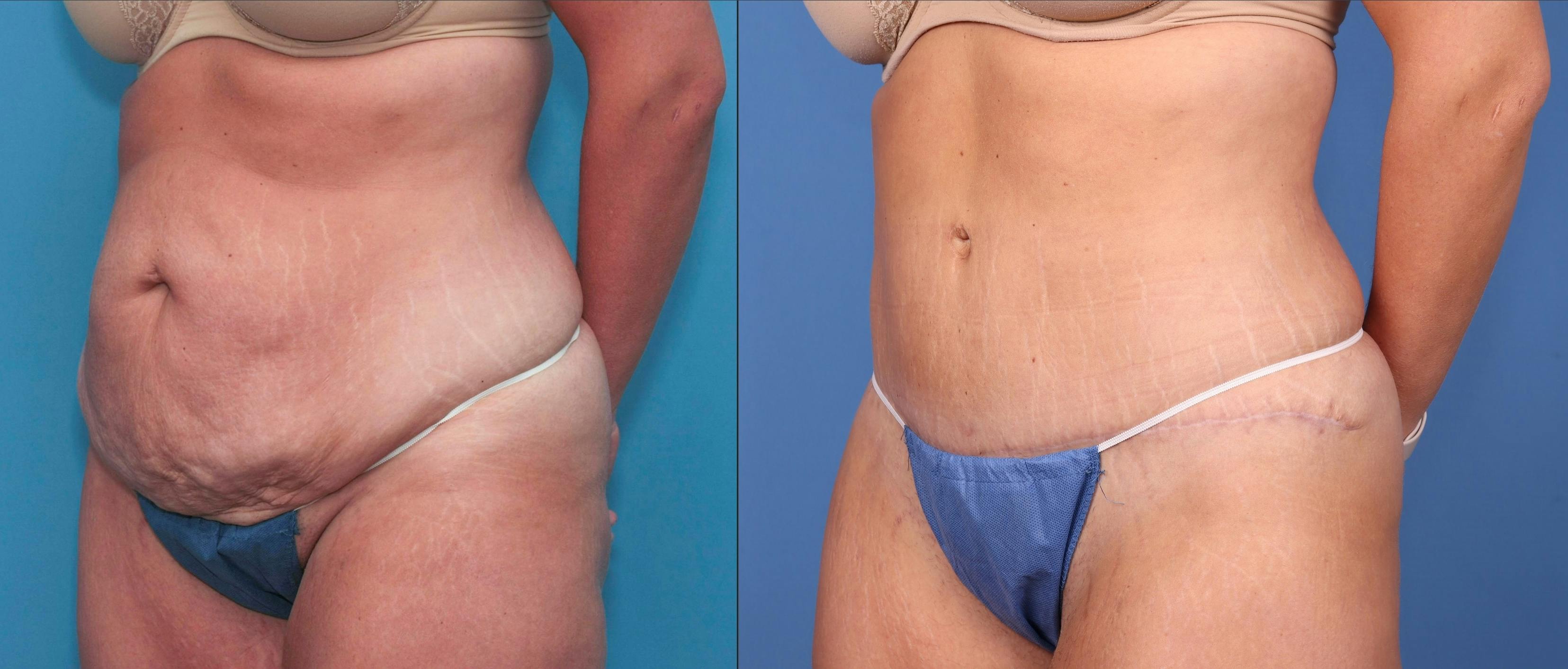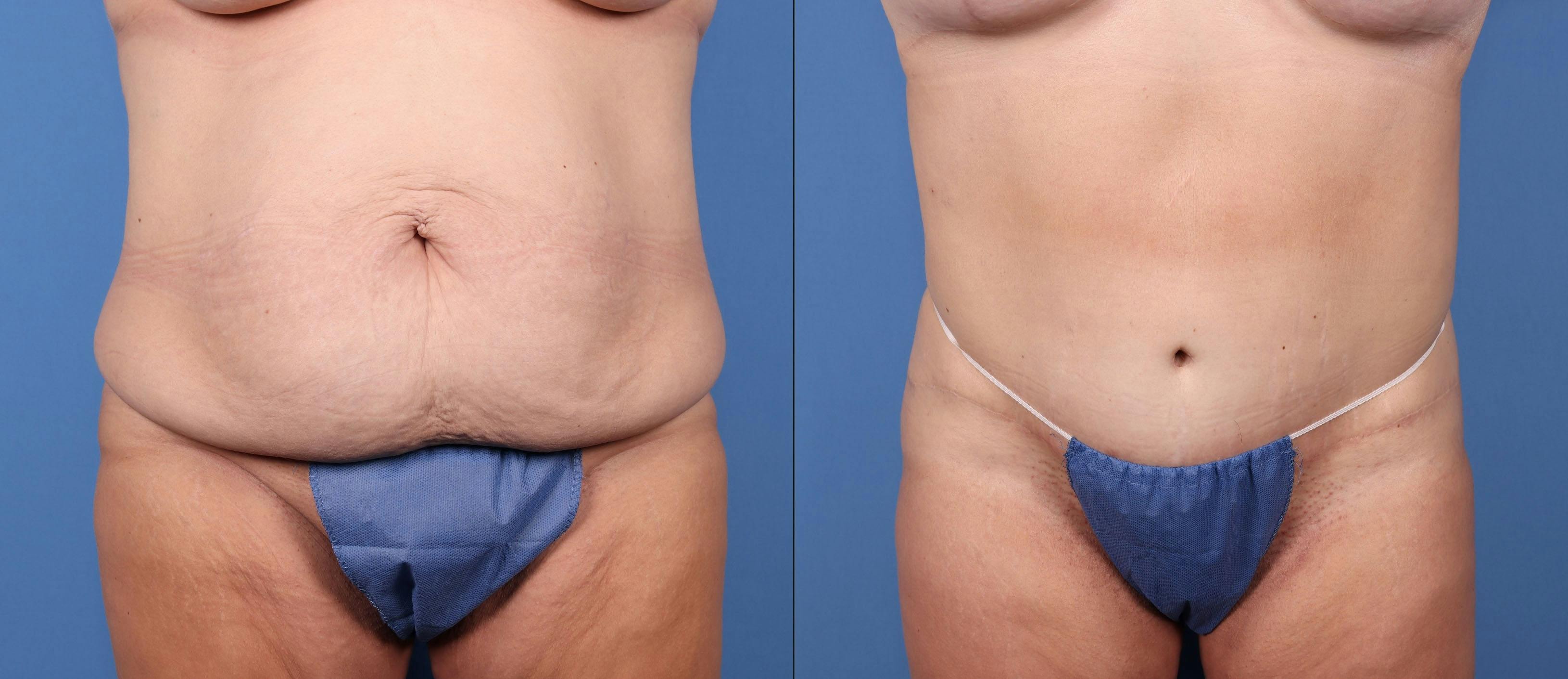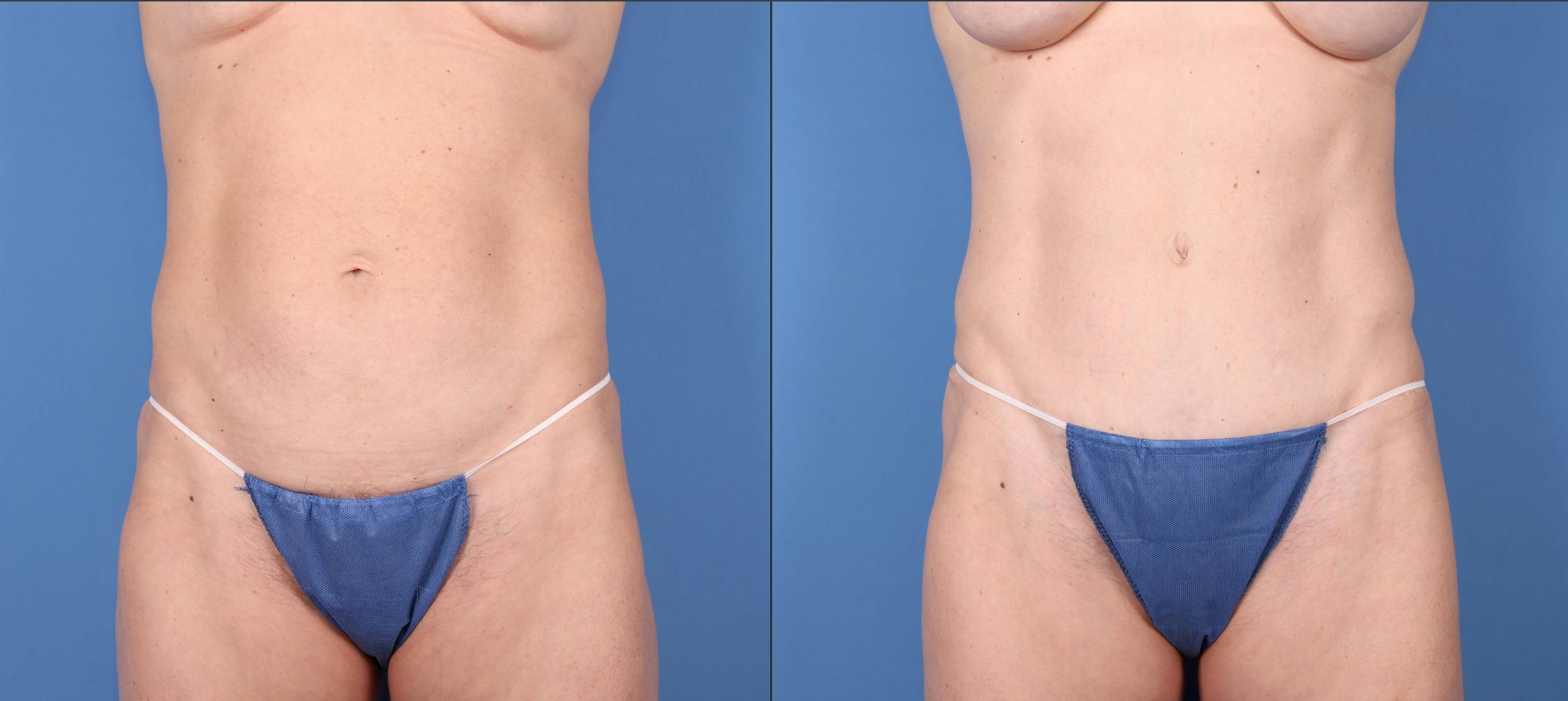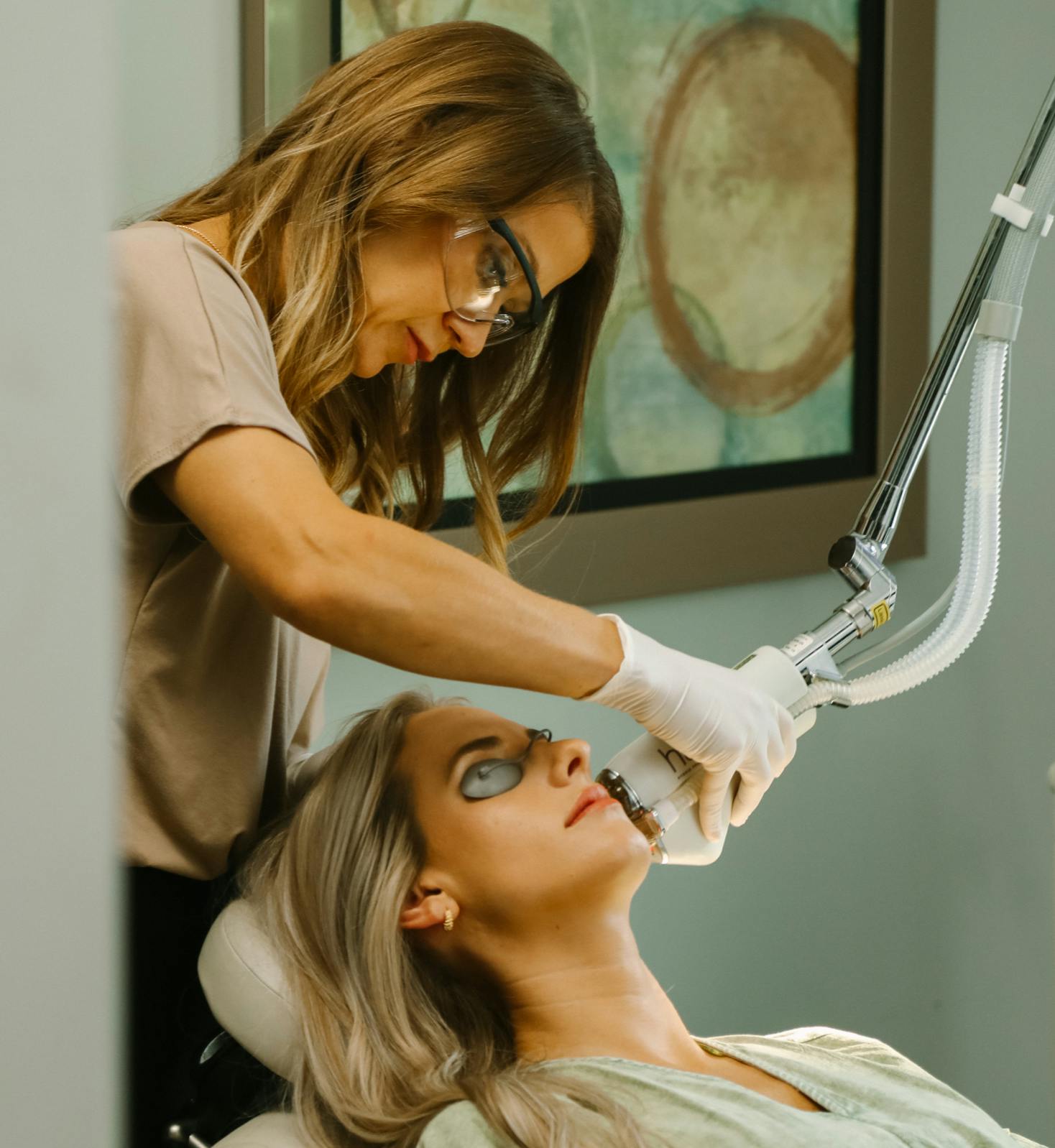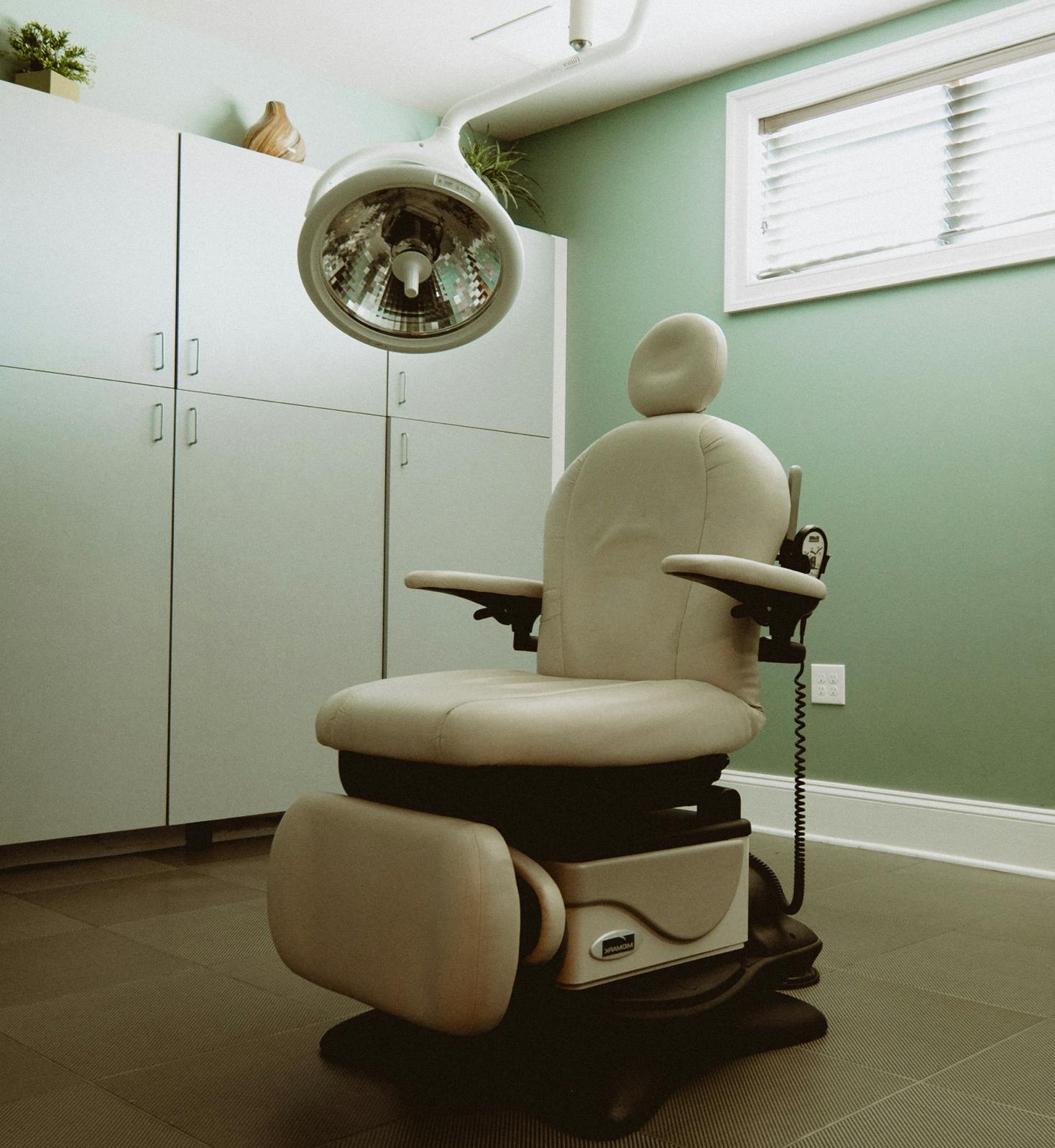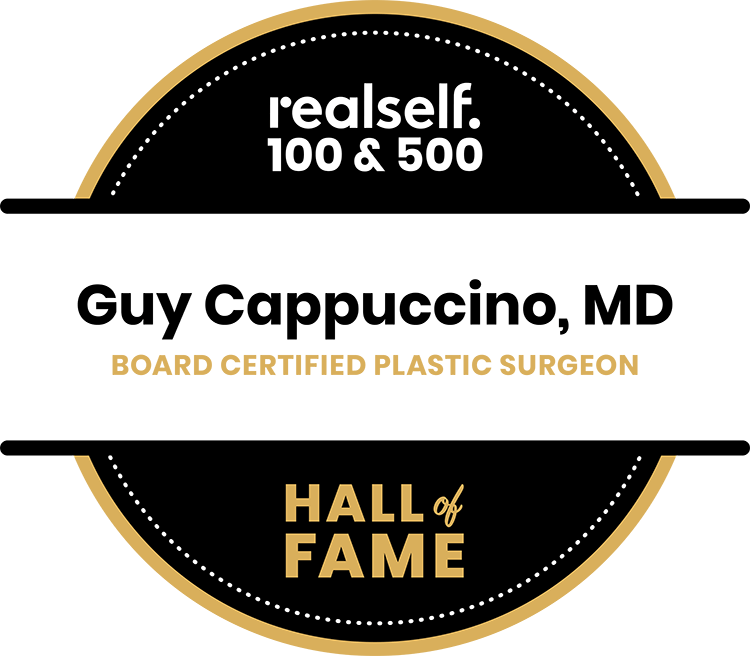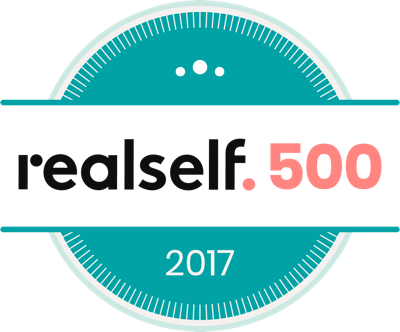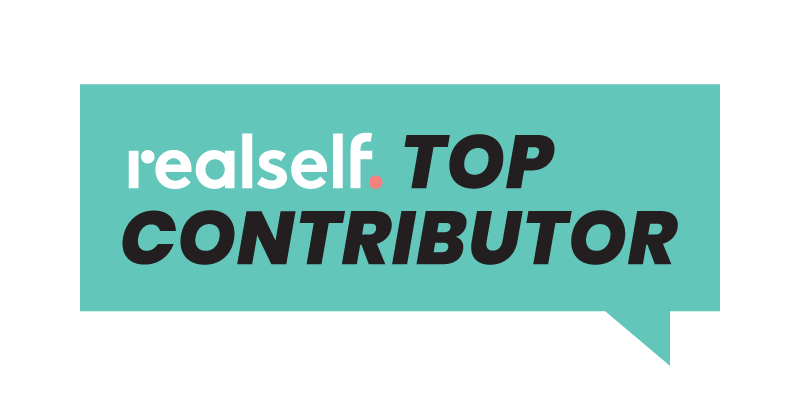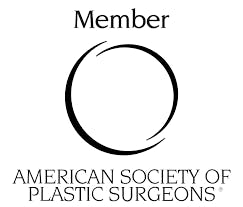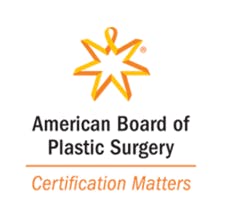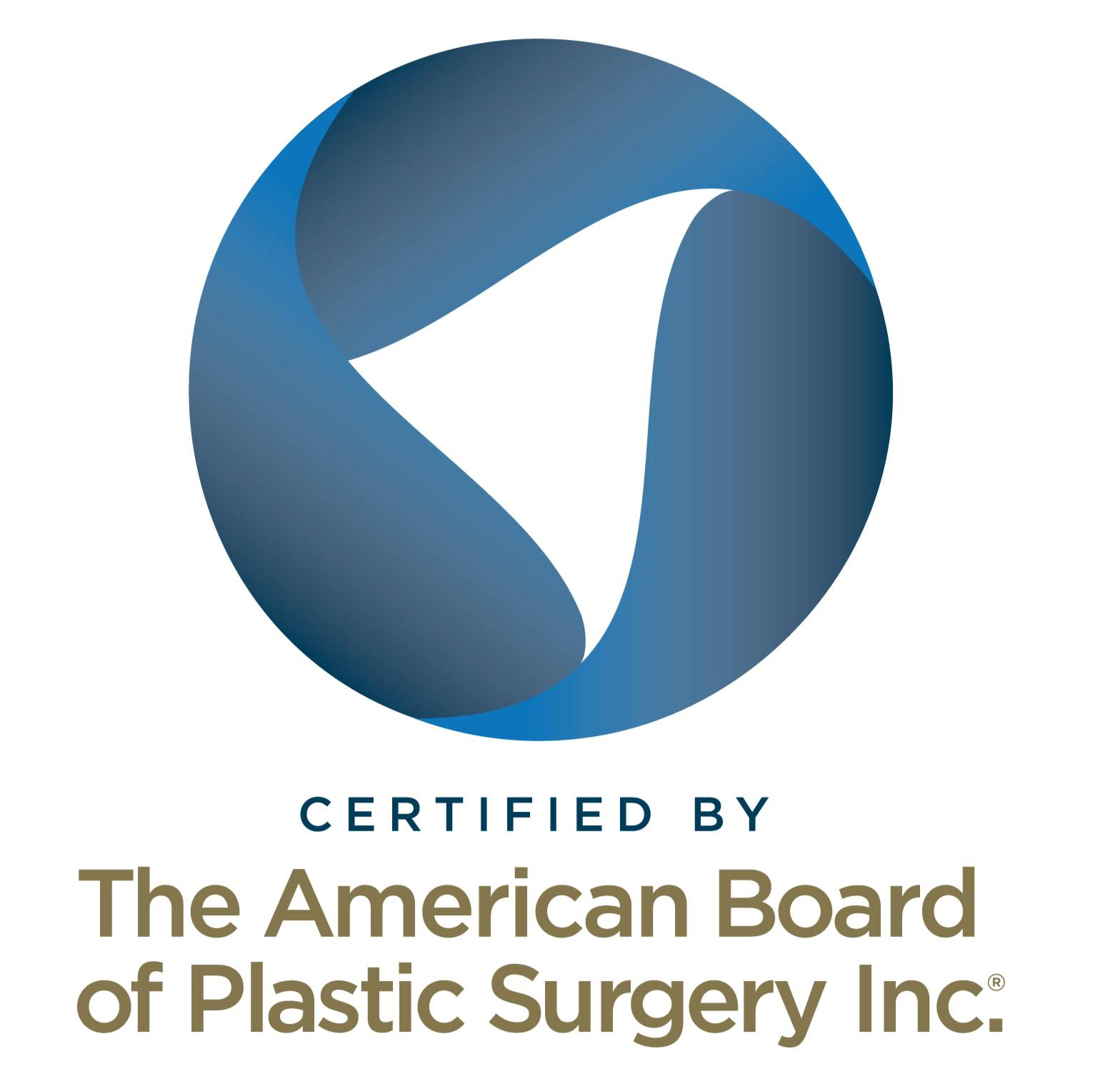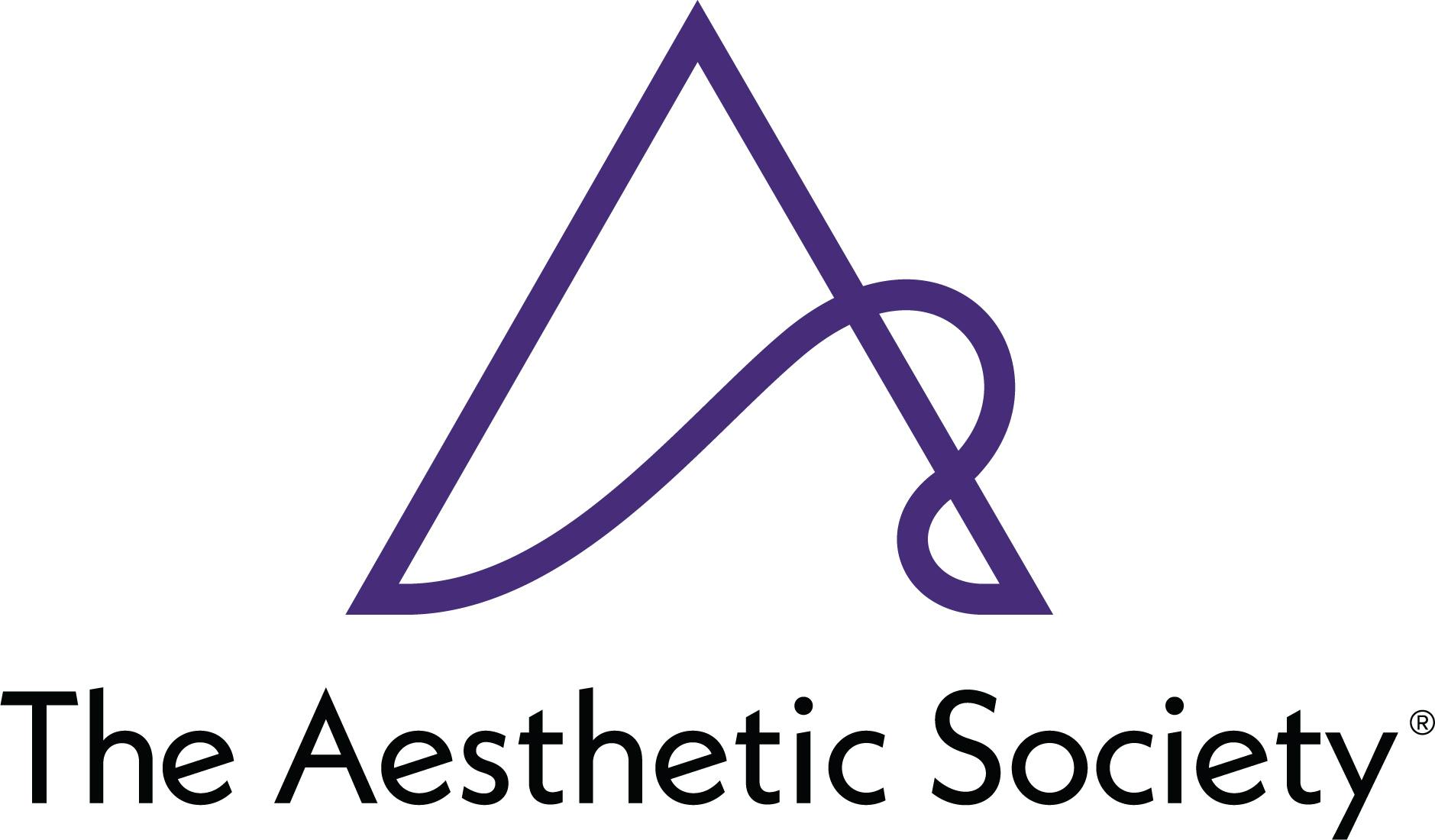If you’re finding that problematic areas on your body simply won’t respond to regular exercise and consistent healthy eating, liposuction in Maryland may be the right choice for you. This procedure enables you to address specific problem areas, so you can enjoy the toned figure you’d prefer.
Getting the Answers You Need
Individuals considering liposuction in Maryland often feel a bit overwhelmed by the number of options and techniques being promoted today. Dr. Cappuccino is here to help. In deciding which is the right treatment approach for you, he’ll consider effectiveness, safety, cost, and appropriateness for your needs. Dr. Cappuccino uses his surgical judgment to prevent complications, handle unexpected occurrences during surgery, and treat complications when they occur.
Dr. Cappuccino’s education, training, and years of experience have helped him develop an exceptionally keen sense of surgical judgment, so don’t hesitate to ask as many questions as you can during your consultation. This is your chance to learn about everything from incision placement to the scarring you’ll have after your recovery. Dr. Cappuccino will make sure that you have all the information you need.





